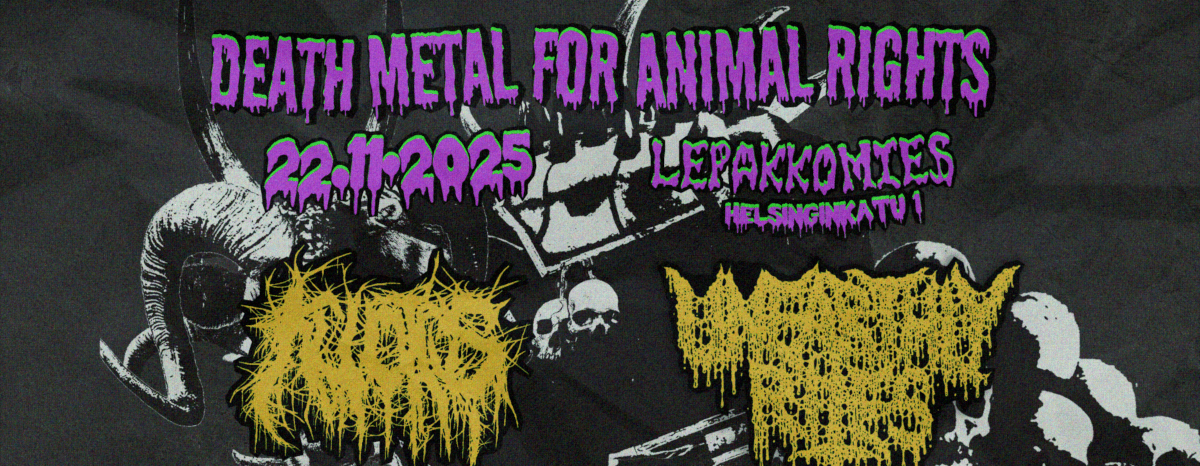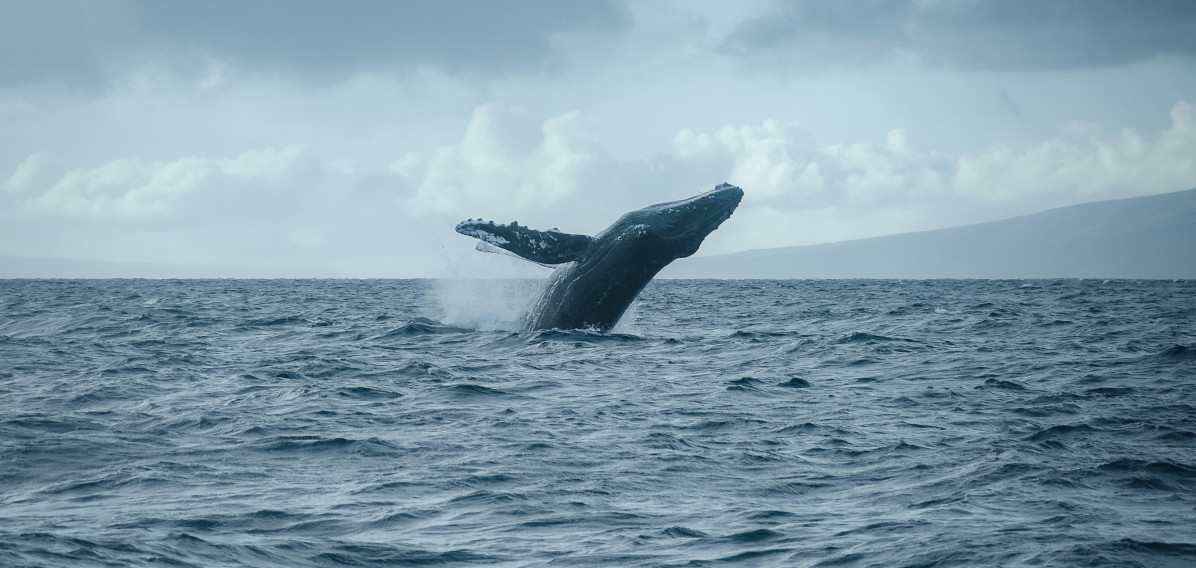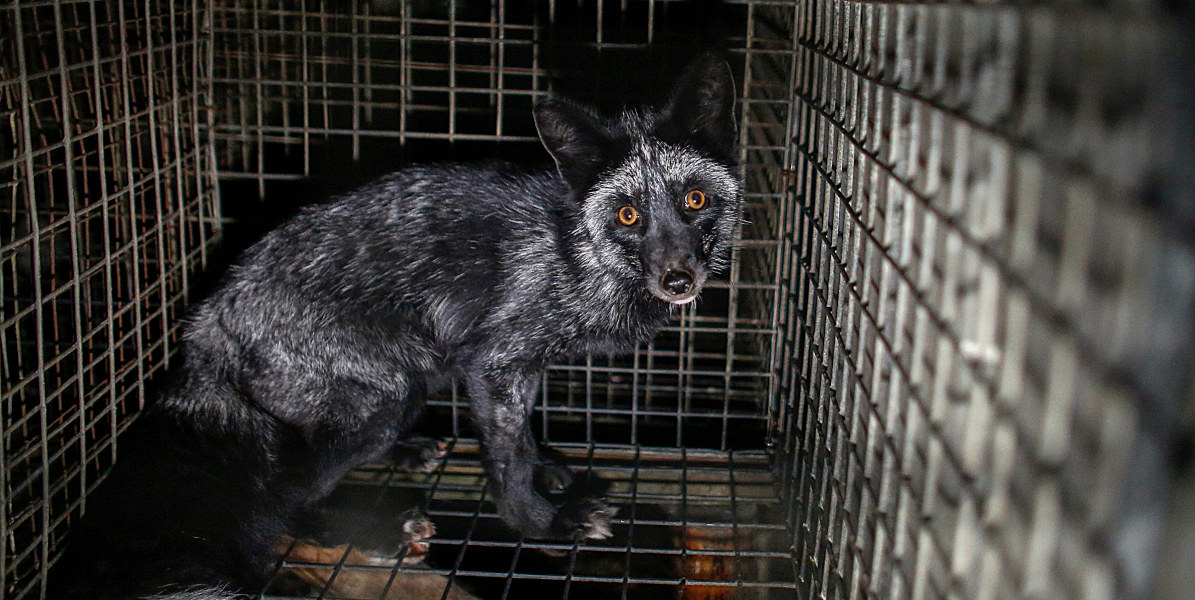Most farmed fish in Finland are stunned using carbon dioxide. But what else do fish go through before slaughter?
Forced fasting
Fish produced for food are reared in high-density conditions, usually for two to three years. The lack of space causes stress and physical damage to the fish and leaves them susceptible to disease. Fish are also starved for several days before slaughter.
Capture and extraction from water
Fish are captured, extracted from the water and placed in a stunning tank. Being suspended in the air is stressful for fish and can result in damage to muscle, scales and skin. Some fish have to endure being captured and removed from the water several times, too, because it is not always possible to process all the fish at once. Fish can also be pumped out but this requires investment and specialised technology. No information is available on how common the practice of pumping is in Finland.
Stunning
The stunning tank contains water saturated with carbon dioxide. Carbon dioxide makes fish feel as if they are being choked, and the fish display a strong escape response while exhibiting stress and abnormal involuntary movements. The fish are slow to lose consciousness during this process. Salmonidae, for example, take six minutes to lose consciousness when using carbon-dioxide stunning techniques.
Bleeding
Carbon dioxide immobilises fish before they lose consciousness. Fish are first bled by severing an artery or cutting the gill arches. After bleeding, the fish is gutted. The immobilisation poses the considerable risk that fish will be bled while still conscious. Fish slaughterhouse workers must be able to assess whether an individual fish is unconscious or not.
Carbon dioxide stunning does not meet the standards of the World Organisation for Animal Health (OIE). The OIE recommends abandoning the use of carbon dioxide stunning because current findings state that it cannot be considered a humane method of stunning. The OIE proposes electrical or mechanical methods of stunning as alternatives. Norway, a country with a sizeable fishing industry, banned carbon dioxide stunning in 2007.
Translation: Johanna Koskinen.
References (each link will open in a new tab)
Ruokavirasto: Kalaterveyspäivä (in Finnish).
European Comission: Report from the comission to the European Parliament and the Council on the possibility of introducing certain requirements regarding the protection of fish at the time of killing (pdf).
Kalankasvatus: Kirjolohen tuoteluokat ja niiden perustelut (in Finnish, pdf).
Fishfarm Project: Handbook on European Fish Farming (e-magazine).
Laitinen, Anni. 2014. Suomessa kasvanut kala. Suomen kalankasvattajaliitto ry.






